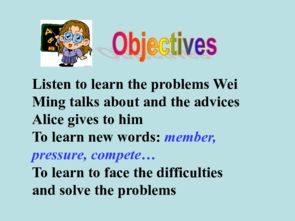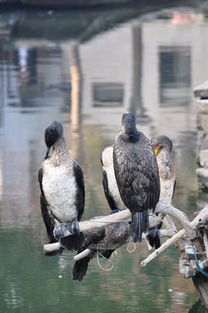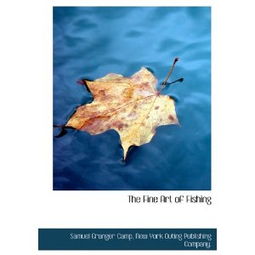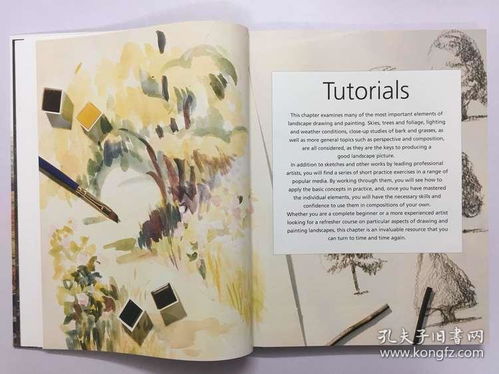Introduction: Fishing is a popular outdoor activity that requires patience, skill, and a good understanding of the techniques involved. One of the most challenging aspects of fishing is using a long pole, such as a 13-meter rod. This article will provide you with essential techniques and tips to help you master the art of fishing with a 13-meter pole and increase your chances of catching fish.
Choosing the Right Equipment: To start, it's crucial to choose the right equipment for your 13-meter pole. Here are some key factors to consider:
a. Rod: Look for a high-quality, durable rod that is specifically designed for long-range fishing. Ensure that the rod has a strong backbone and is lightweight to handle.
b. Reel: A sturdy reel with a good drag system is essential. The reel should be able to handle the weight of the line and withstand the pressure of a strong fish.
c. Line: Use a monofilament line with a breaking strength of at least 10-15 pounds. This will provide enough strength to handle the weight of the fish and prevent line breakage.
d. Lures and Bait: Choose lures and bait that are suitable for the type of fish you're targeting. For example, if you're fishing for bass, use bass-specific lures or live bait like worms or minnows.
Proper Casting Techniques: Casting is a crucial skill when using a 13-meter pole. Here are some tips to help you improve your casting technique:
a. Practice casting in a wide, open area to become familiar with the feel of the rod and line.
b. Hold the rod with a comfortable grip, keeping your elbow close to your body for stability.
c. Begin by lifting the rod tip slightly, then accelerate smoothly through the casting motion. Avoid abrupt movements or pauses, as this can cause the line to tangle.
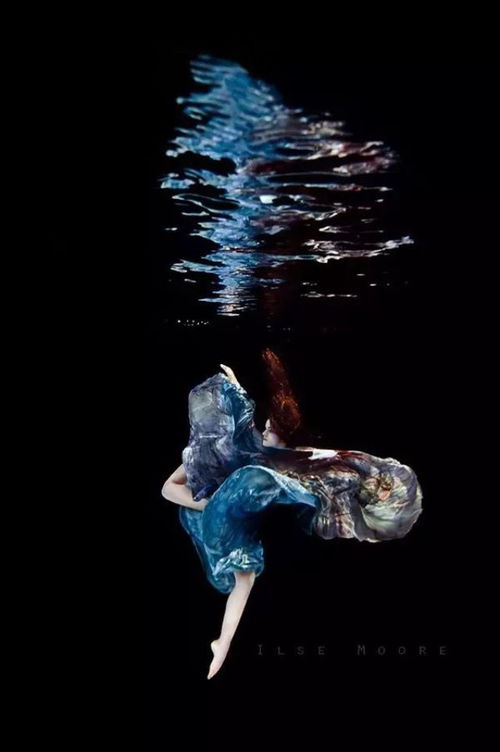
d. Adjust the casting angle to account for wind and distance. Cast at a 45-degree angle to maximize distance and reduce the chances of line tangling.
Reading the Water: Understanding the water conditions is essential when fishing with a long pole. Here are some tips to help you read the water:
a. Observe the water's surface for signs of fish activity, such as ripples, bubbles, or movement.
b. Look for structure in the water, such as rocks, weeds, or fallen trees, which can be excellent fishing spots.
c. Pay attention to the weather conditions, as they can affect fish behavior. Fish may be more active on overcast days or during cooler times of the day.
Presenting Your Bait: Once you've reached your desired fishing spot, it's important to present your bait effectively. Here are some tips:
a. Allow your bait to sink to the desired depth before starting to retrieve it. This will give the fish time to locate and investigate the bait.
b. Vary your retrieve speed and rhythm to mimic the natural movement of the bait. Experiment with different retrieves until you find what works best.
c. Be patient and give the fish time to react. Sometimes, the most subtle movements can trigger a bite.
Hooking and Landing the Fish: When you feel a bite, here's how to hook and land the fish:
a. Set the hook quickly and firmly by lifting the rod tip and applying pressure to the line.
b. Maintain a steady, controlled pressure on the line to prevent the fish from pulling away.
c. Keep the rod tip high and guide the fish towards the shore or boat. Avoid making sudden movements, as this can cause the fish to break free.
d. Once the fish is close to the boat or shore, carefully net it and release it if necessary.
Conclusion: Fishing with a 13-meter pole can be challenging, but by following these essential techniques and tips, you can improve your chances of success. Remember to practice your casting, read the water, and present your bait effectively. With patience and persistence, you'll soon become a master of long-range fishing. Happy fishing!

